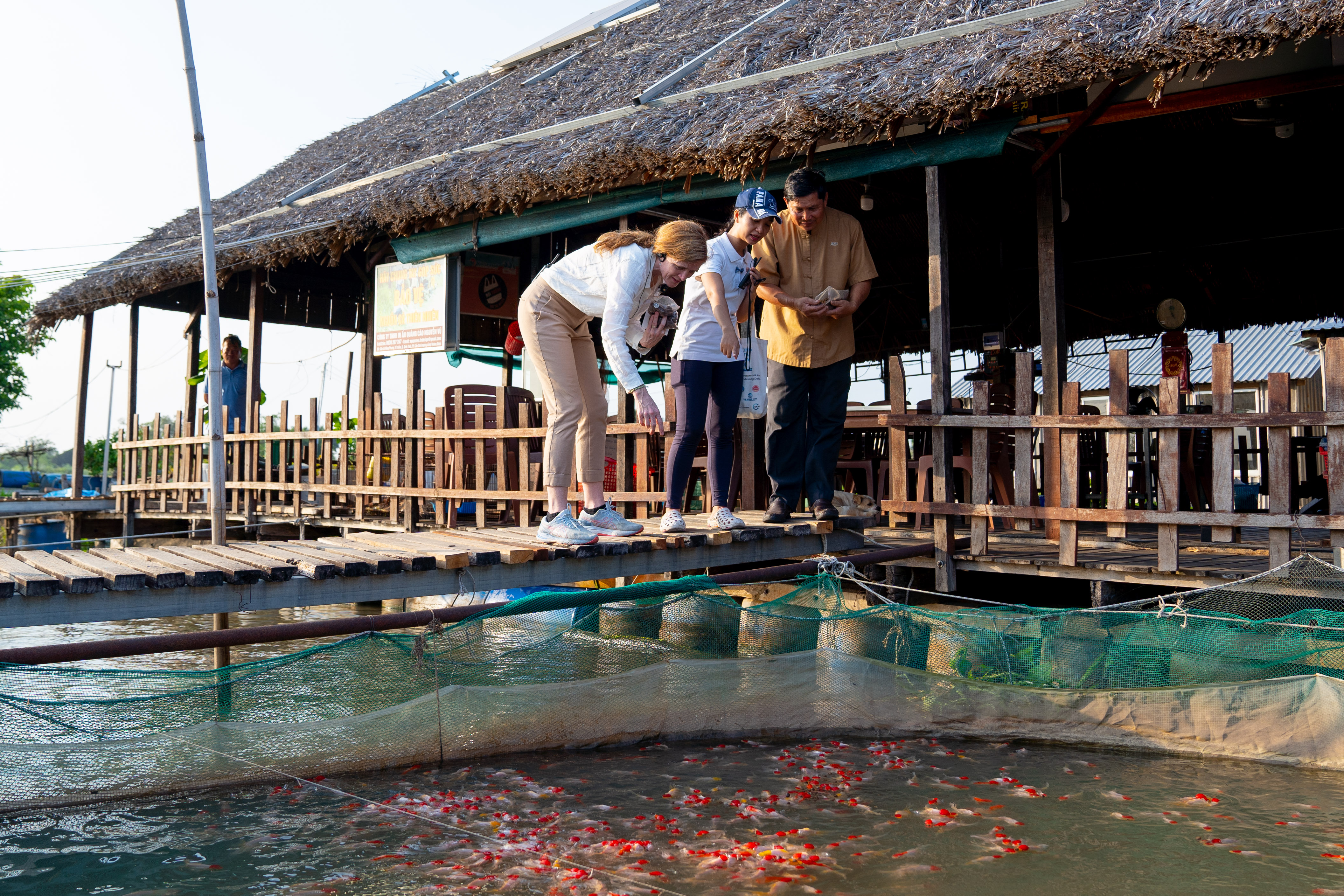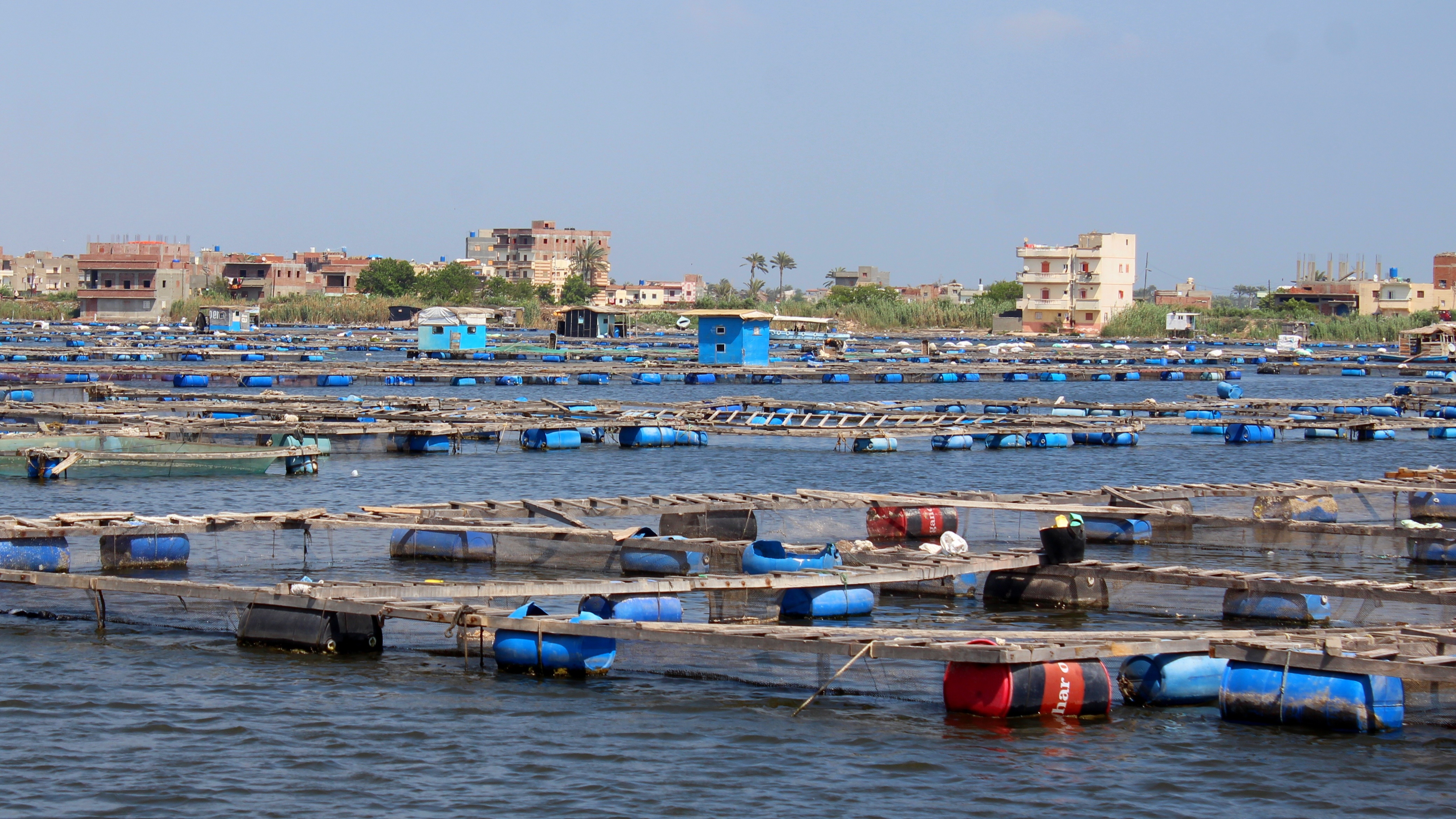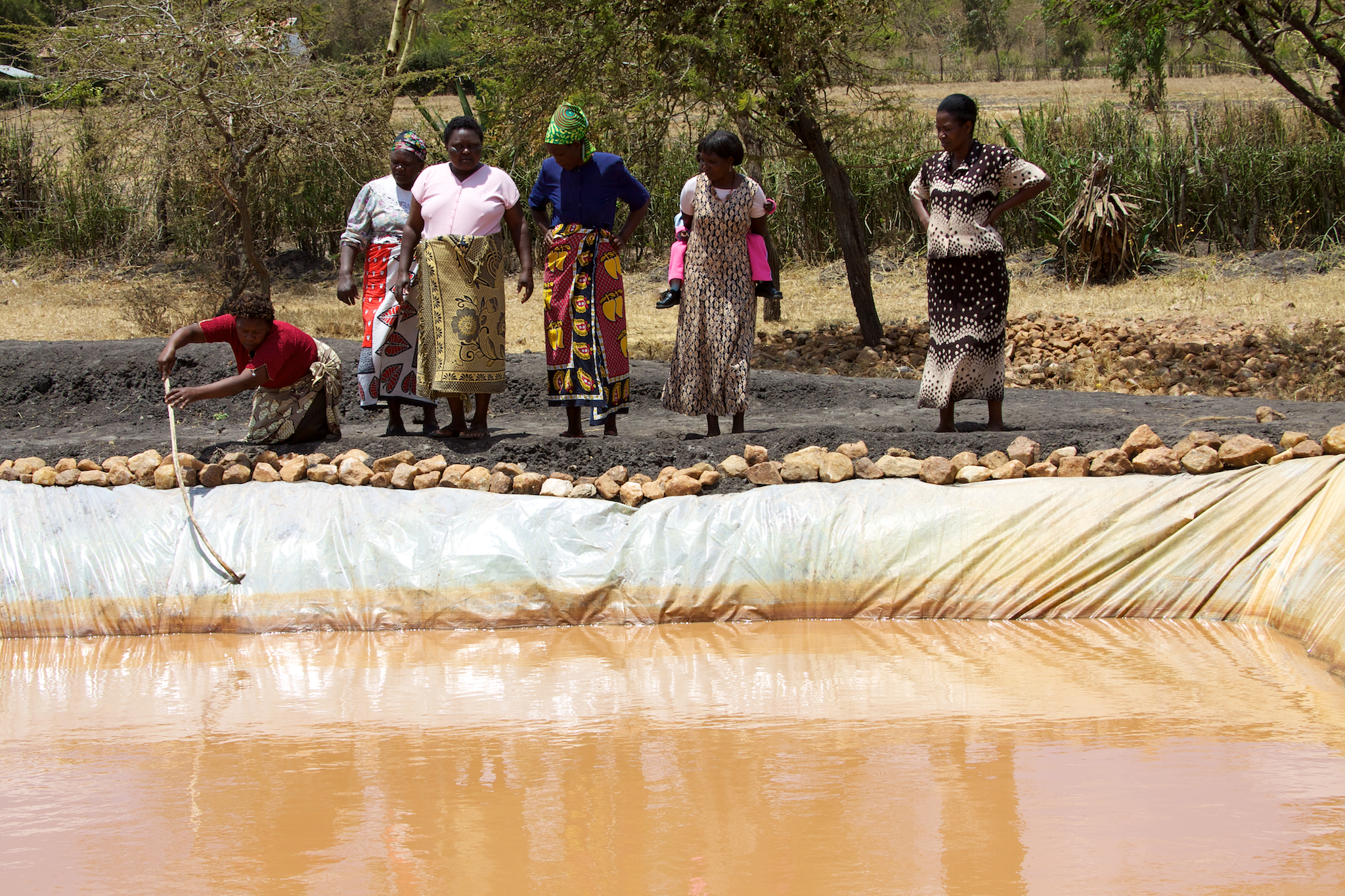Balancing act

Managing aquaculture growth and environmental restoration is not easy but it is essential, argues Javier Ojeda
The escalating global demand for aquatic food, anticipated to surge by almost 80% by 2050 according to a Stanford University study, is propelled by diverse factors such as population growth and shifts in local affordability.
Anticipating and meeting this burgeoning demand necessitates the sustainable growth of aquaculture. However, the responsible expansion of aquaculture practices requires meticulous environmental considerations to ensure the sector’s growth does not compromise ecosystems, both locally and in the sourcing areas for raw materials. Issues such as habitat degradation, water pollution and biodiversity loss must be prioritised in any upscaling initiatives.
With the total aquaculture production reaching a staggering 122.6 million tonnes in live weight in 2020 and a farm gate value of US $281.5bn, it becomes evident that the industry’s growth also represents a substantial economic force.
By endorsing responsible policies, engaging in community empowerment and embracing advancement in innovative aquaculture technologies, we can create a future where the industry not only meets the rising demand but does so in balance with the natural world.
Innovation and technology play a pivotal role in overcoming challenges associated with conventional aquaculture practices. It is crucial to endorse and promote the adoption of eco-friendly farming systems, exemplified by practices such as recirculating aquaculture systems (RAS) and downshifting sourcing raw materials used for fish feeds towards lower trophic levels.

Fish farm in the Nile river in Rashid, Egypt
RAS involves the recirculation of water within a closed system, significantly reducing water usage and minimising the discharge of waste into natural water bodies. In comparison to traditional methods where water usage can reach 30m3/kg of fish produced, RAS operates at less than 0.1m3/kg, showcasing its unparalleled efficiency in mitigating freshwater scarcity challenges facing many parts of the world. Moreover, RAS proves to help with environmental preservation, with eutrophication possibilities being 26% to 38% lower than traditional systems.
In regions with limited access to land and water, RAS emerges as a highly appropriate solution, utilising less than 1% of land area compared to conventional aquaculture systems. Its operation in a controlled environment makes RAS impervious to climatic variables, providing stability and resilience in the face of changing weather patterns.
The economic advantages are noteworthy as well. A study shows that large farms in Vietnam implementing RAS can experience an increase in net present value, rising from an average of $589,000/ha to $916,000/ha. However, more funding and research are necessary to address the high start-up costs and reduce energy consumption, making RAS more accessible and feasible, especially for developing countries.
Offshore aquaculture (for finfish or shellfish) is another valuable option for overcoming the challenges that conventional aquaculture currently faces. Competition for space with other stakeholders, social acceptance and environmental impact can be addressed by moving the locations further into the sea. Certainly, these higher energy sites will require innovative technologies, advanced management practices and higher investments, but large opportunities lie in the oceanic open spaces. In some cases, these aquaculture farms can find synergies with other industrial uses such as renewable energies that would provide economic and logistic advantages.
Additionally, Integrated Multitrophic Aquaculture (IMTA) involves the cultivation of multiple species in a synergistic manner, creating a balanced ecosystem. For example, combining fish farming with the cultivation of seaweed and other plants can lead to a beneficial system where waste from one species serves as nutrients for another, enhancing productivity but also mitigating the impact of aquaculture on local biodiversity and ecosystems. Intensive aquaculture production releases high amounts of nutrients and organic waste into the environment, contributing to the eutrophication of coastal areas and aquatic systems.

Jikaza Self-Help Group, Kenya (photo: McKay Savage)
Studies show that about 20% to 40% of nitrogen and less than 50% of the energy intake are retained by the species produced in intensive aquaculture settings. IMTA systems, as highlighted by research, play a crucial role in reducing CO2 emissions. Seaweed in IMTA absorbs CO2 for photosynthesis and the systems as a whole absorb excess nutrients, thereby reducing eutrophication.
In fact, IMTA with finfish and shellfish has the potential to remove up to 54% of particulate nutrients, while seaweed can remove up to 60% of dissolved nitrogen and phosphorus.
It is also essential to acknowledge that more research needs to be directed towards tailoring IMTA systems to the specific needs of diverse regions, farm sizes and resource capabilities. Sustainable aquaculture solutions should not only be effective in addressing environmental challenges but also adaptable to the unique contexts and conditions of various regions globally.
Because social acceptance is key for the development of aquaculture, education programmes, tailored to the needs of rural communities and aquaculture workers, should be a focal point in disseminating knowledge on sustainable practices. The development and implementation of training programmes become pivotal in bridging the gap between scientific understanding and practical application.
Workshops should be designed to be accessible and applicable, addressing on-the-ground challenges such as effective waste management and disease prevention. Moreover, recognising the profound impact of best management training, especially among poor rural producers, is crucial for promoting productivity and sustainable practices in developing markets. In a case study in Ghana, one year after the adoption of good management practices, including record-keeping, water quality management and biosecurity practices, there was a noticeable improvement in productivity and incomes. The training resulted in an increase of 0.45 more kilograms of fish harvested per square metre. Trainees experienced an additional income of $627 per year on average, showcasing the tangible benefits of incorporating these practices.
Further underscoring these findings is another case study in Egypt, where farms implementing best management practices surpassed control farms by more than $15,000 in average net profits. These farms were also more likely to practice integrated aquaculture systems, of which the large environmental benefits have been emphasised. These findings highlight the economic and environmental advantages of more widespread training programmes.
As we navigate the complex intersection of aquaculture growth and environmental preservation, the key lies in fostering shared responsibility, adequate special planning and a commitment to sustainable practices. By prioritising collaboration, innovation, education and advocacy, industry experts and stakeholders need to be committed to charting a course towards a future where aquaculture not only meets the growing demand but does so in harmony with the delicate ecosystems that sustain us all.
Javier Ojeda is General Secretary of the Federation of European Aquaculture Producers.

